Holistic planning can help reduce impacts of flooding, cyclones, drought and rising sea levels
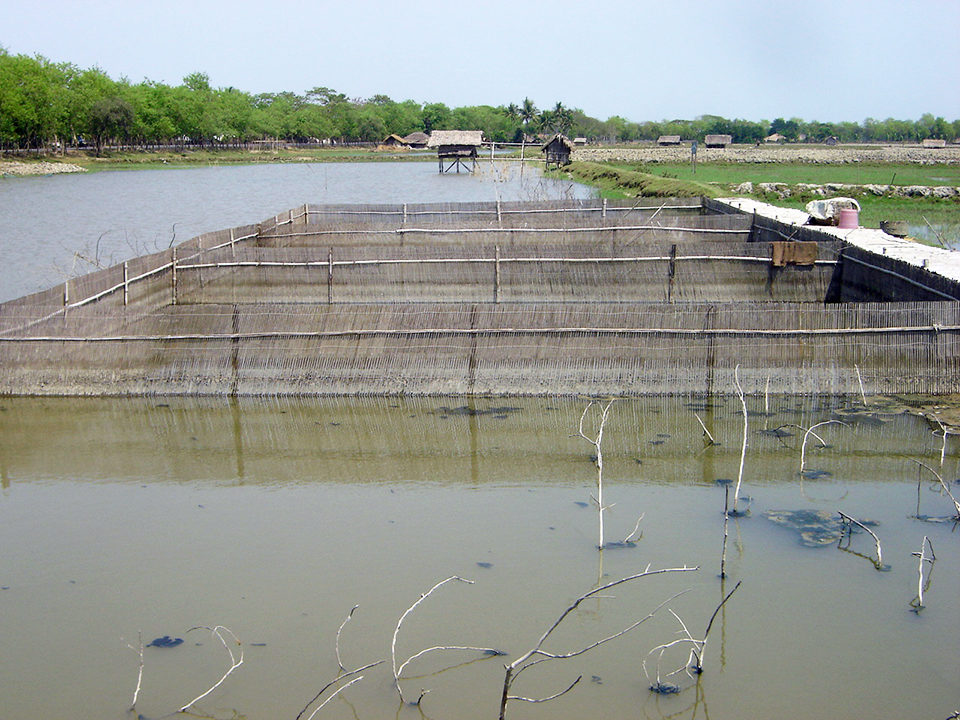
Bangladesh is one of the most suitable countries in the world for coastal aquaculture because of its favorable biophysical resources and agroclimatic conditions. The coastal aquaculture sector in Bangladesh is dominated by farming of export-oriented freshwater prawns, Macrobrachium rosenbergii, and black tiger shrimp, Penaeus monodon. As part of agricultural development in coastal Bangladesh, prawn and shrimp farming were initiated in the 1970s and began to expand rapidly in the 1980s.
Over the last three decades, prawn and shrimp culture has undergone a revolutionary development in coastal Bangladesh. Thousands of farmers have converted their low-lying rice fields to prawn and shrimp farms, locally known as “gher.” The practice of farming in rice fields, combined with high prices for prawns and shrimp in international and local markets, and increased household consumption of rice and fish, has led to an increasing number of farmers.
There are now about 850,000 farmers involved with 275,000 ha of prawn and shrimp farms in Bangladesh. Their total production has gradually increased from 75,000 mt in 2003-2004 to 140,000 mt in 2012-2013 – an average annual growth rate of 9 percent over the last decade.
In 2012-2013, Bangladesh exported around 44,000 mt of prawns and shrimp valued at U.S. $396 million. Overall, the coastal aquaculture sector plays an important role in the economy of Bangladesh, providing food, nutrition, income, livelihoods and export earnings.
Climate change
However, while the coastal aquaculture sector provides a wide range of economic benefits, it has recently been threatened by climate change. Bangladesh is a global hot spot for climate change. According to the Global Climate Risk Index 2015, Bangladesh is ranked sixth among countries vulnerable to climate change, while it was ranked first in 2012.
Climatic variables including coastal flooding, cyclones, drought, rainfall variation, salinity changes, rising sea level and shifting sea surface temperatures have been identified as threats to prawn and shrimp production. These changes could have severe impacts on export earnings and overall consequences for the economy of Bangladesh. Adaption strategies must be developed to cope with the challenges. Adapting coastal aquaculture to climate change, however, requires a combination of strategies and policies. A holistic approach to planning may help reduce the impacts of climate change on coastal aquaculture in Bangladesh.
Adaptation strategies
Various community-based strategies can be implemented for adaption to climate change. Coastal river management and community flood-control devices, including earthen dams and embankments, could help protect coastal aquaculture farms. Embankments could also turn open water bodies to productive use in floodplain aquaculture through cage and pen culture.
User conflicts and equity issues may arise for access to open waters, as they are considered common resources. Nevertheless, community-based fisheries management can be an option to manage these resources. Cage culture has already been introduced in the rivers of Bangladesh.
Dike crops, mixed culture
The construction of higher pond dikes is another adaption strategy to protect prawn and shrimp farms during floods. Additional cropping through plantings of fruit trees and vegetables on dikes can help protect aquaculture farms from soil erosion and sedimentation during floods. Moreover, fencing and netting around ponds can limit prawn and shrimp escapes, as well as the entry of predators and wild fish during floods.
Community irrigation facilities using groundwater with proper drainage systems could aid prawn and shrimp culture in the dry season. Moreover, the introduction of drought-resistant and salt-tolerant rice varieties may help co-culture with prawn and shrimp in rice fields. In addition, integrated systems for the culture of prawns, shrimp and brackishwater fish could be incorporated to cope with saltwater intrusion into rice fields.
Currently, the mixed culture of prawns and shrimp is rare in coastal Bangladesh, as prawns grow in freshwater, while shrimp grow in brackishwater. Nevertheless, field experience has suggested that mixed prawn-shrimp culture is possible, as both are euryhaline species able to tolerate a range of salinity.
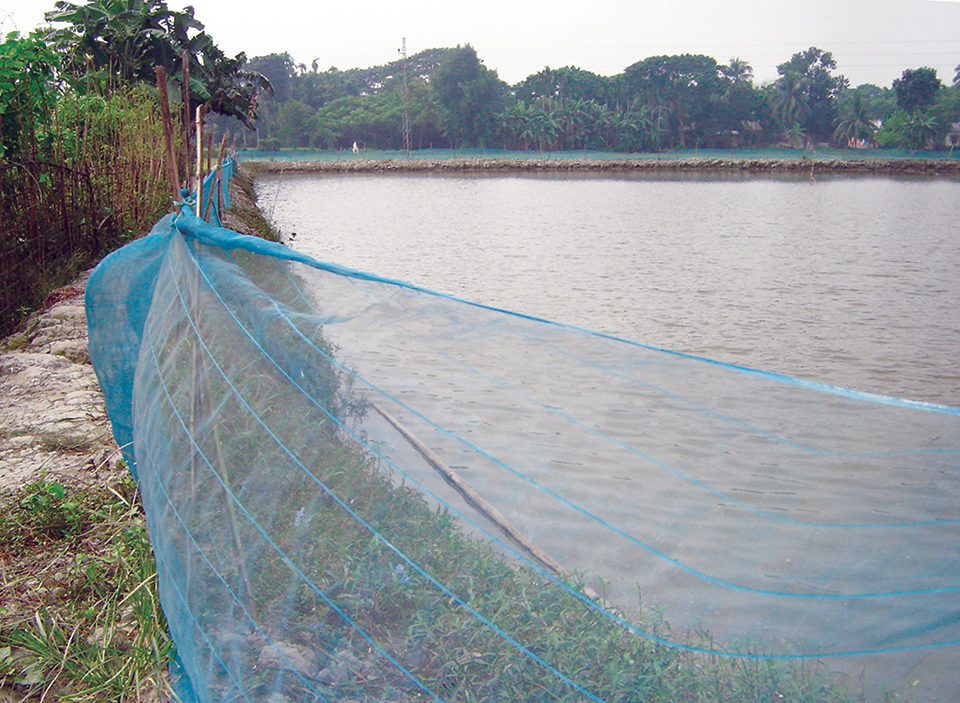
Rainwater, forestry
Harvesting of rainwater with storage facilities may also help coastal aquaculture during the dry season. Bangladesh falls in a region of huge rainfall in the monsoon belt, with the Himalayas to the north and the Bay of Bengal to the south. Using rainwater for freshwater prawn culture and pond dike cropping may increase water use efficiency.
Social forestry through tree planting and the creation of greenbelts in coastal areas may also help protect against cyclone damage. Moreover, mangrove regeneration would increase resilience to climate change through protection from the effects of tidal surges. Mangrove planting has been instrumental in maintaining ecosystems in the Sundarbans in southwest Bangladesh, the largest mangrove forest area in the world.
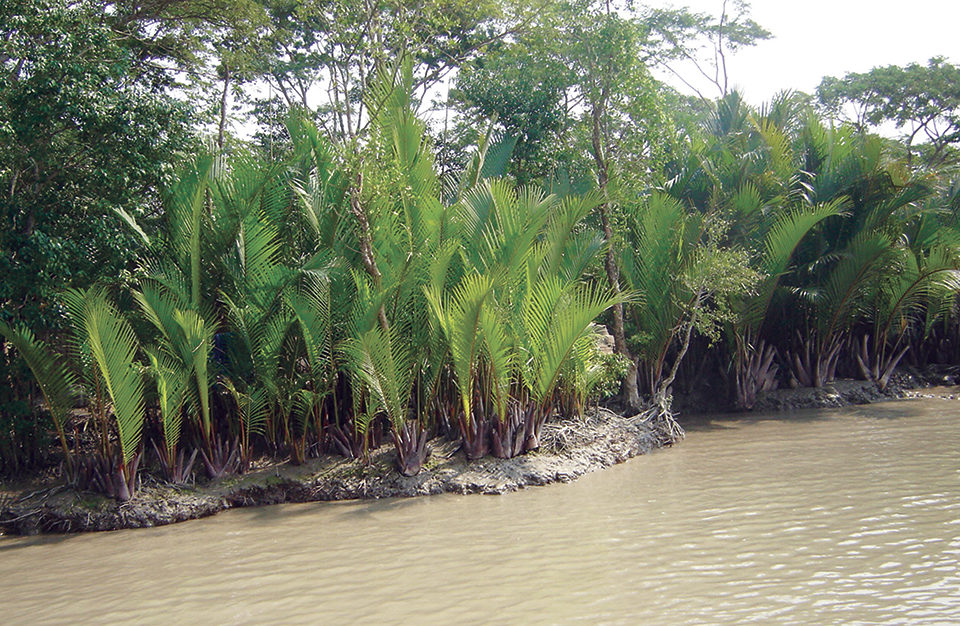
Perspectives
Some of these adaption strategies are costly, so support for minimizing the adverse impacts of climate change on coastal aquaculture remains a key responsibility of government. Institutional support, including coordination and cooperation among governmental and non-governmental organizations (NGOs) and local communities, is essential for the implementation of adaption strategies.
The active involvement of local governments may help develop the capacity of coastal communities to implement adaption strategies. With the help of relevant NGOs, the Department of Fisheries can provide technical assistance to farmers. Strong collaboration among these stakeholders will provide a platform for knowledge sharing on evolving adaption strategies.
(Editor’s Note: This article was originally published in the May/June 2015 print edition of the Global Aquaculture Advocate.)
Now that you've reached the end of the article ...
… please consider supporting GSA’s mission to advance responsible seafood practices through education, advocacy and third-party assurances. The Advocate aims to document the evolution of responsible seafood practices and share the expansive knowledge of our vast network of contributors.
By becoming a Global Seafood Alliance member, you’re ensuring that all of the pre-competitive work we do through member benefits, resources and events can continue. Individual membership costs just $50 a year.
Not a GSA member? Join us.
Author
-

Nesar Ahmed, Ph.D.
Professor
Department of Fisheries Management
Bangladesh Agricultural University
Mymensingh 2202, Bangladesh[109,111,99,46,111,111,104,97,121,64,48,48,48,50,95,114,97,115,101,110]
Tagged With
Related Posts
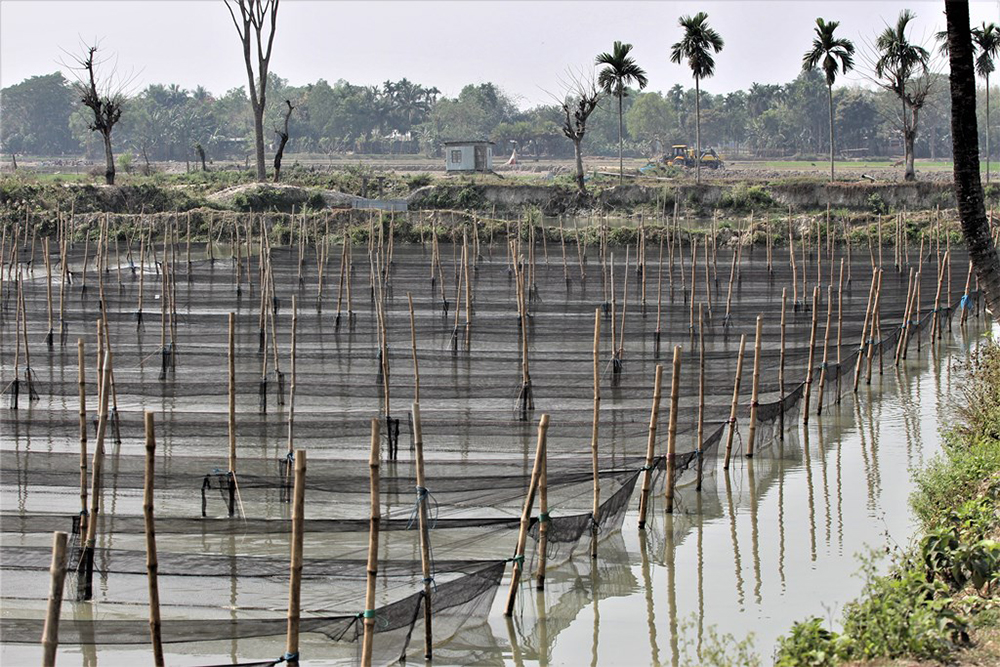
Intelligence
Bangladesh’s tilapia aquaculture industry shows resilience
Tilapia aquaculture in Bangladesh has developed significantly since 1999, based on the Genetically Improved Farmed Tilapia (GIFT) strain of Nile tilapia (Oreochromis niloticus) introduced from Malaysia and on the significant genetic improvement research work by the Bangladesh Fisheries Research Institute (BFRI).
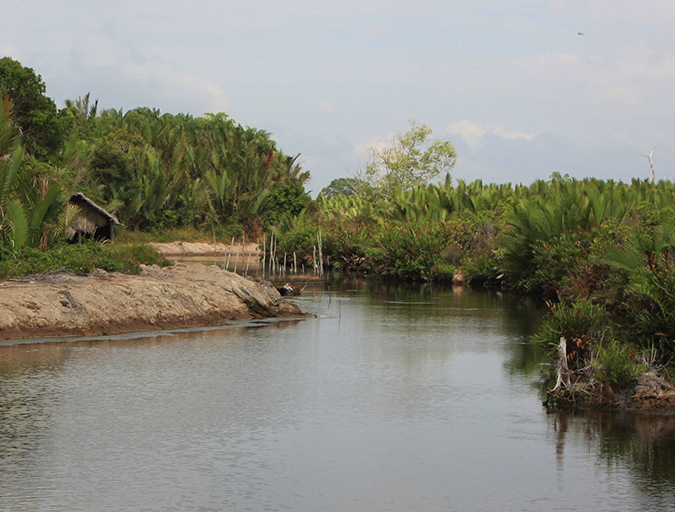
Intelligence
From forest to plate, a shrimp redefining ‘farmed’
The explosive growth of shrimp farming has long been associated with mangrove deforestation in Southeast Asia. A silvofishery method of producing the popular seafood is protecting the fragile ecosystems in Vietnam. A hungry marketplace is reaping the rewards.
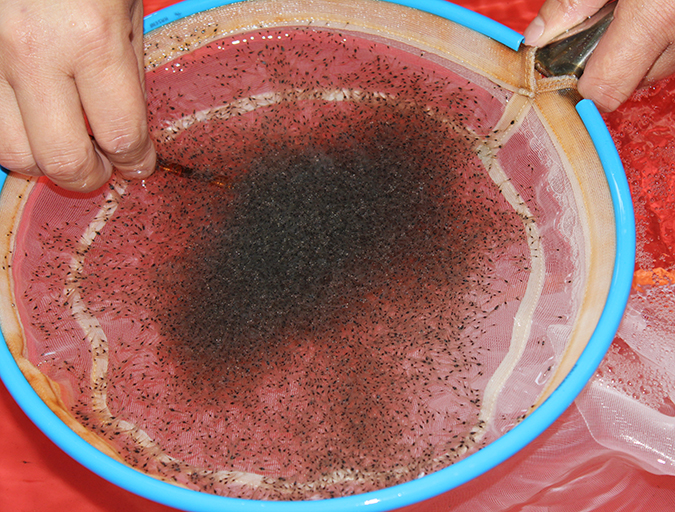
Health & Welfare
Acclimating shrimp postlarvae before pond stocking
Shrimp postlarvae acclimation before stocking into the various growout systems (ponds, raceways, tanks) is a critical – and often overlooked, sometimes taken for granted – step in the shrimp culture process. Various water quality parameters should be changed slowly so that the young shrimp have the time to gradually adapt to the new conditions.
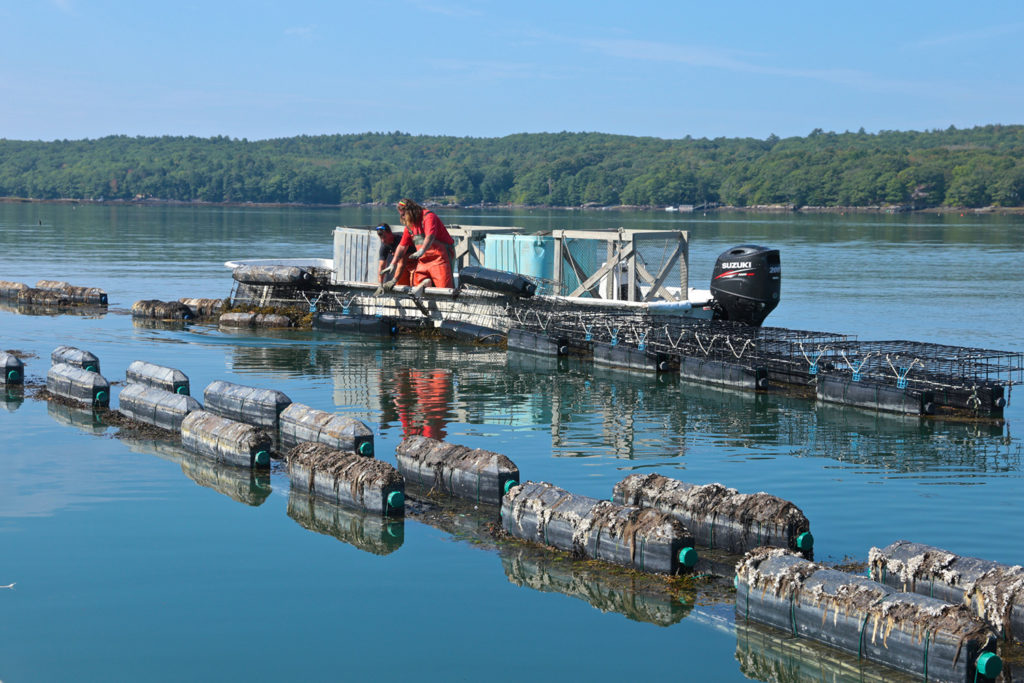
Responsibility
Maine oyster farmer stares down climate change, learns to adapt
Bill Mook’s oyster farm is adapting to more frequent and intense rains, more acidic and warming seawater and other challenges that climate change brings.


